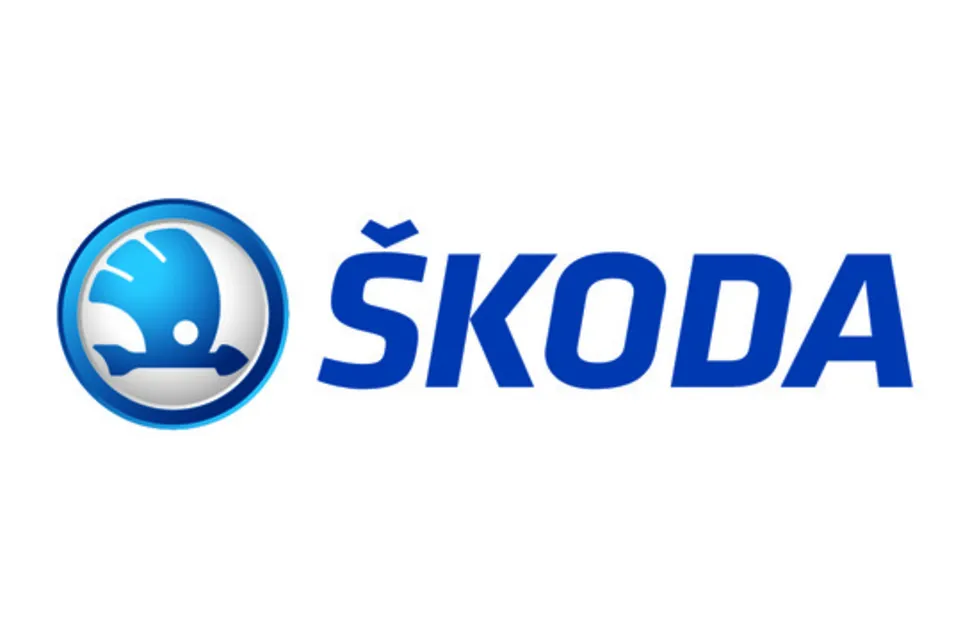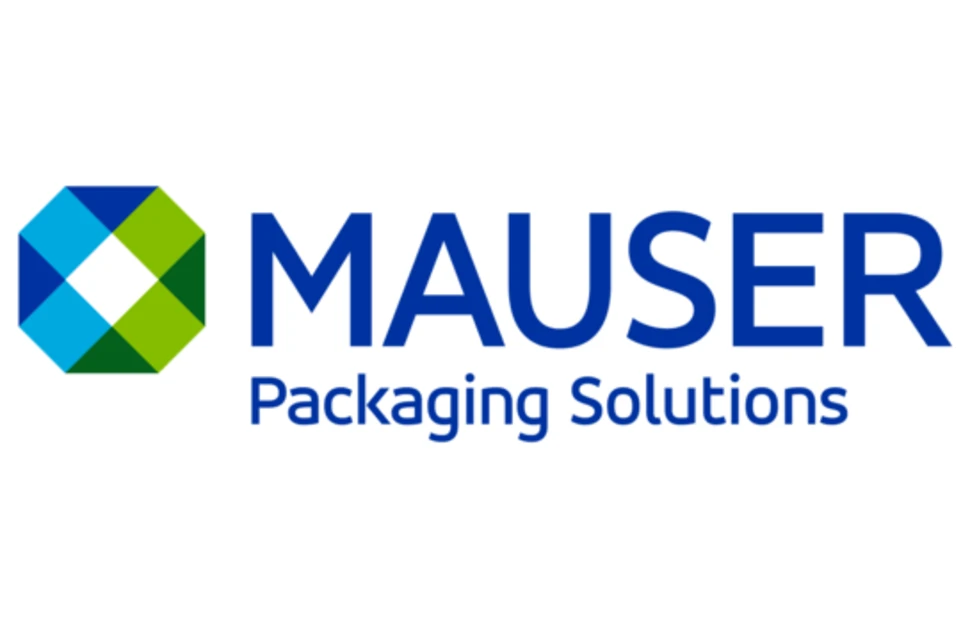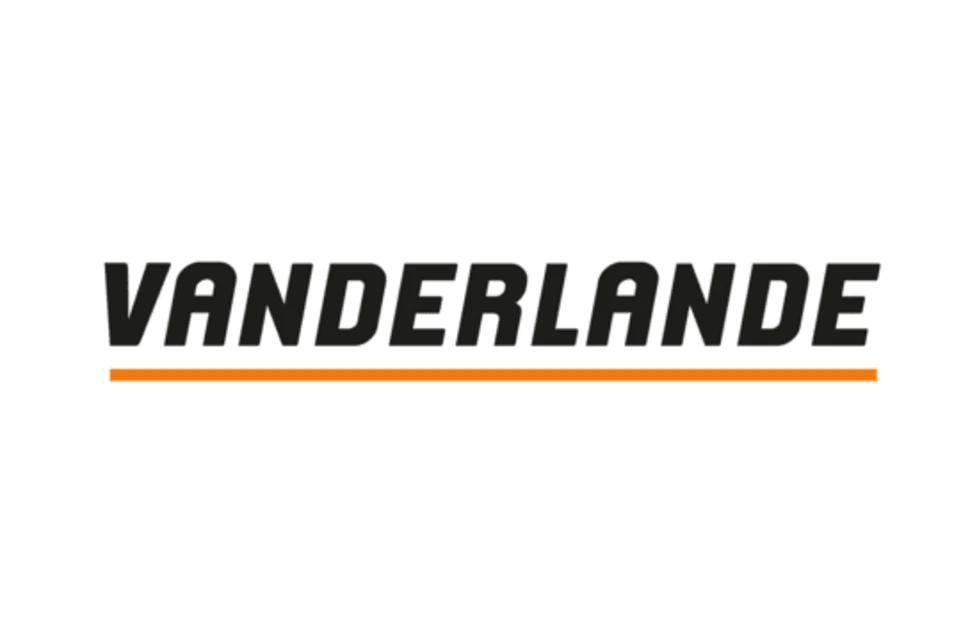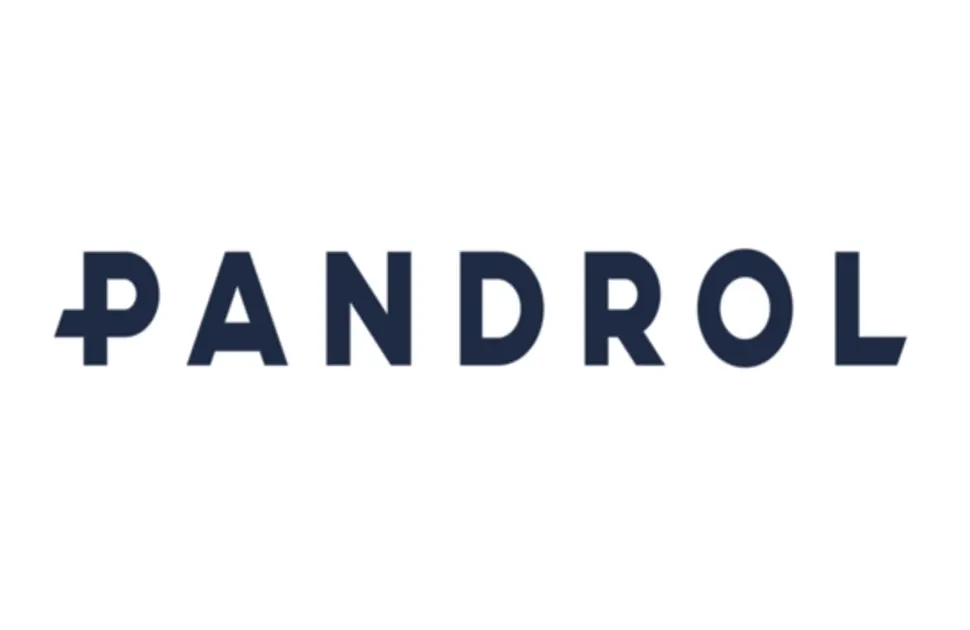EU import cap will add to East Asia’s oversupply issues
New volume caps on hot rolled coil imports into Europe will place unwanted constraints on the export aspirations of Japanese, Taiwanese and Vietnamese steelmakers.
On June 25, the European Commission published details of the restriction, on countries whose imports fall under the “other countries” category, to 15% of the quarterly quota. Implemented from July 1, the cap will limit tariff-free imports from nations without a country-specific quota to 141,849 tonnes of the 945,664-tonne for each of the two remaining quarters of this year.
The Commission’s quota cap is one of two changes to the EU import safeguard measures which will be extended, for two years, to June 30, 2026. It has already met opposition and threats of retaliatory measures, most notably from India.
The only other change to the EU safeguard measures is a cap of 15% on the “other countries” category's wire rod quota, limiting a single country’s imports to between 18,300 and 18,600 tonnes.
- This content first appeared in the June edition of MEPS's International Steel Review. The publication features steel prices, indices, market commentary and forecasts from markets which account 70% of global steel consumption.
Hot rolled coil imports into the EU from Asia will be most significantly affected by the changes, however. Vietnam was the “other countries” category’s largest exporter of the material to the EU in 2023. Over 1.14 million tonnes of the product were shipped to the region last year, with quarterly imports from the country reaching 366,341 tonnes in quarter three. Meanwhile, Japan and Taiwan each shipped 1.12 million tonnes to the EU.
With the new cap applied, around 1.6 million tonnes of hot rolled coil would be subject to the 25% above-quota tariff. It is more likely that EU importers will turn to other tariff-free sources that avoid the added costs.
Export restrictions heighten oversupply risks
MEPS sources in Asia are concerned about any new rules that restrict exports in markets facing oversupply amid continued weak demand. Domestic hot rolled coil prices were largely stable in the region this month but remain at low levels not seen since 2020. Consequently, producers’ desire to export – in pursuit of higher margins – has never been stronger.
As previously highlighted by the International Steel Review, the risk of oversupply in many Asian countries has been heightened by exports from Chinese steelmakers.
China’s neighbours are finding it increasingly difficult to absorb its oversupply of steel, which is applying downward pressure to China steel prices. China’s exports of sheet and plate are up by 32.25% year-to-date, at 30.6 million tonnes, according to Chinese customs data.
MEPS sources indicated that steelmakers in countries including Taiwan and South Korea are stalling production in an attempt to balance supply with demand. The Chinese government’s efforts to realise similar cuts have, so far, achieved limited success.
Data published by the China Iron & Steel Association (CISA) shows that, after pushing up daily crude steel output to an eight-month high in late April, member steelmakers realised a decline of just 0.36% in the first 10 days of May. In the first 10 days of June, producers’ daily output then rose by 3.3% month-on-month, to 2.25m tonnes.
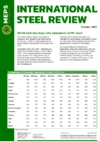
Source:
International Steel Review
The MEPS International Steel Review is an essential monthly publication, offering professional analysis and insight into carbon steel prices around the world.
Go to productRequest a free publication
